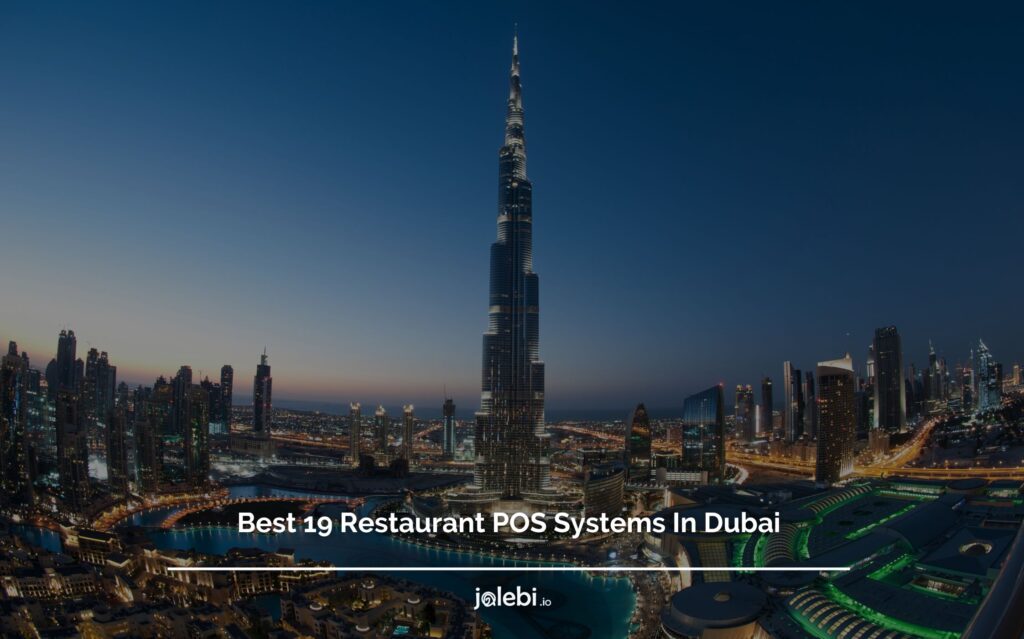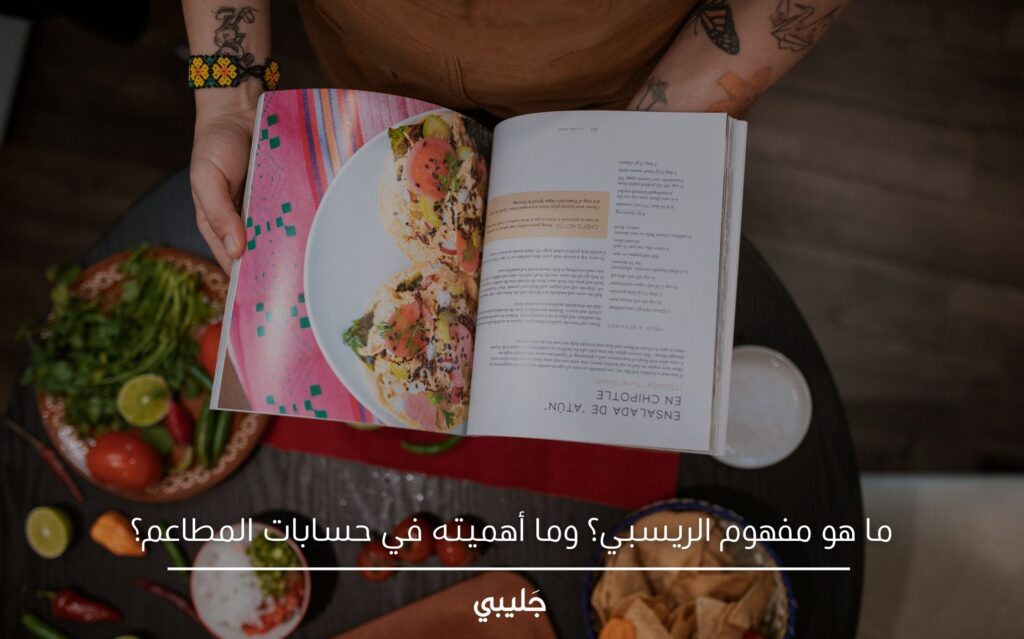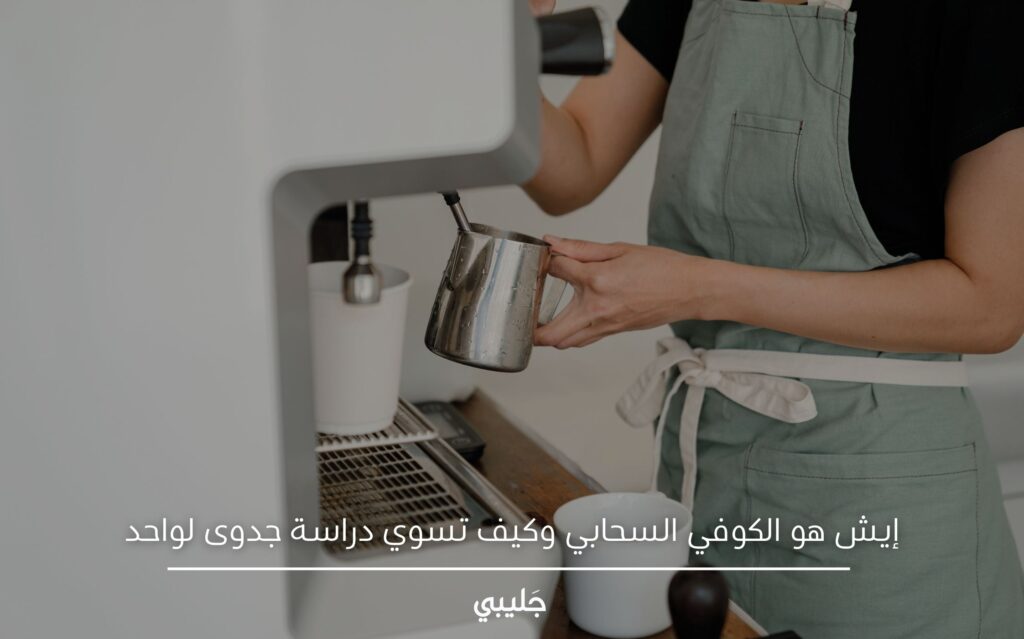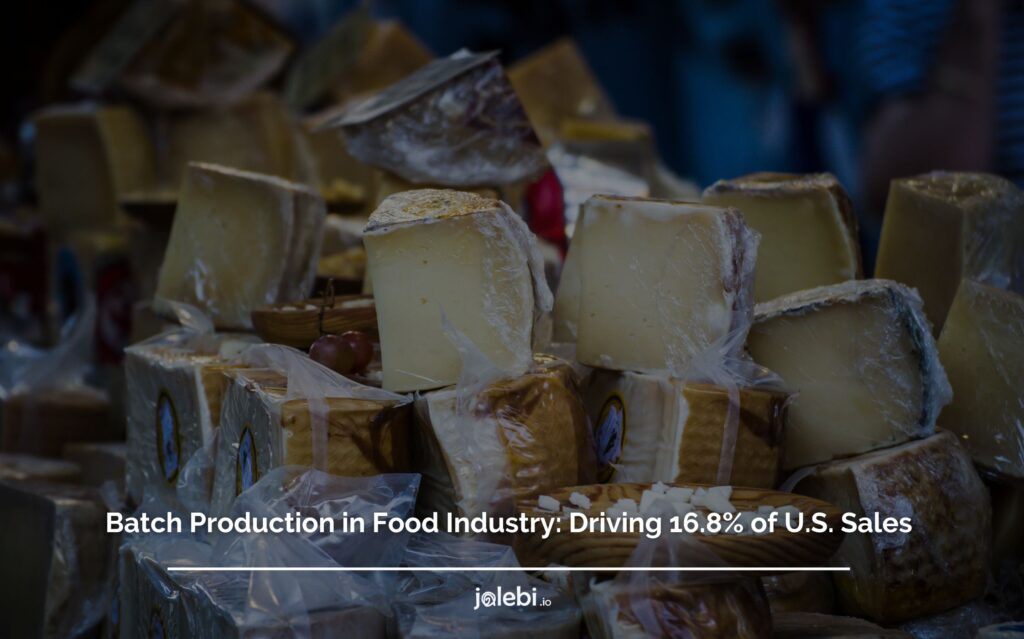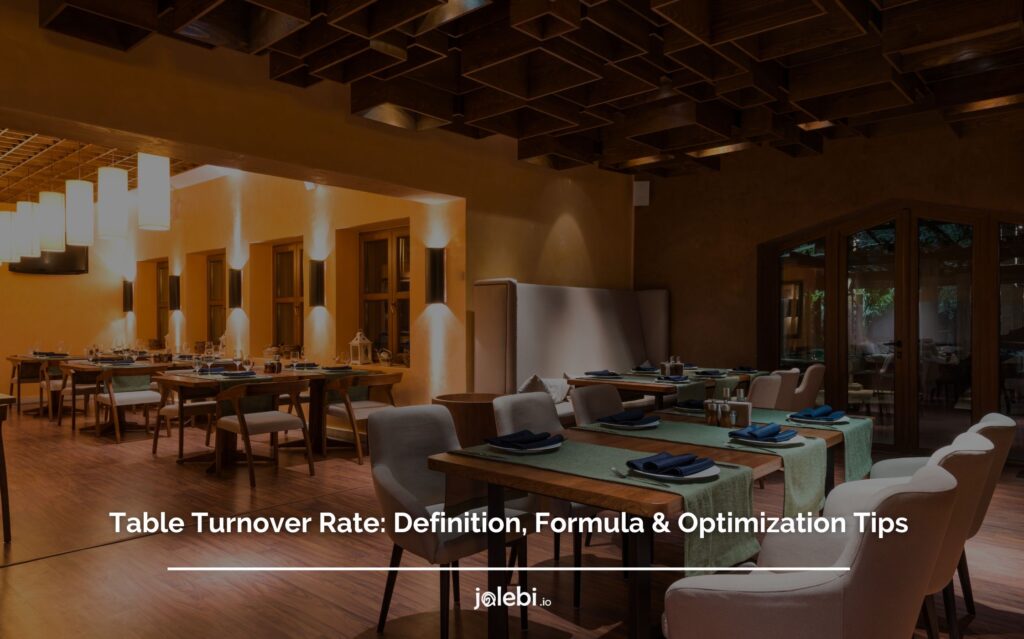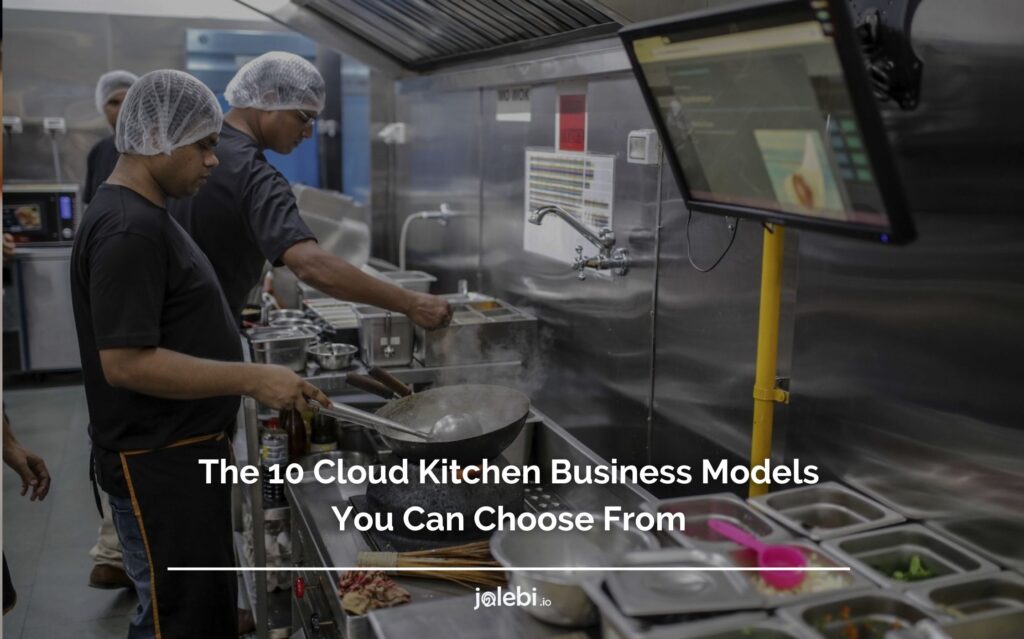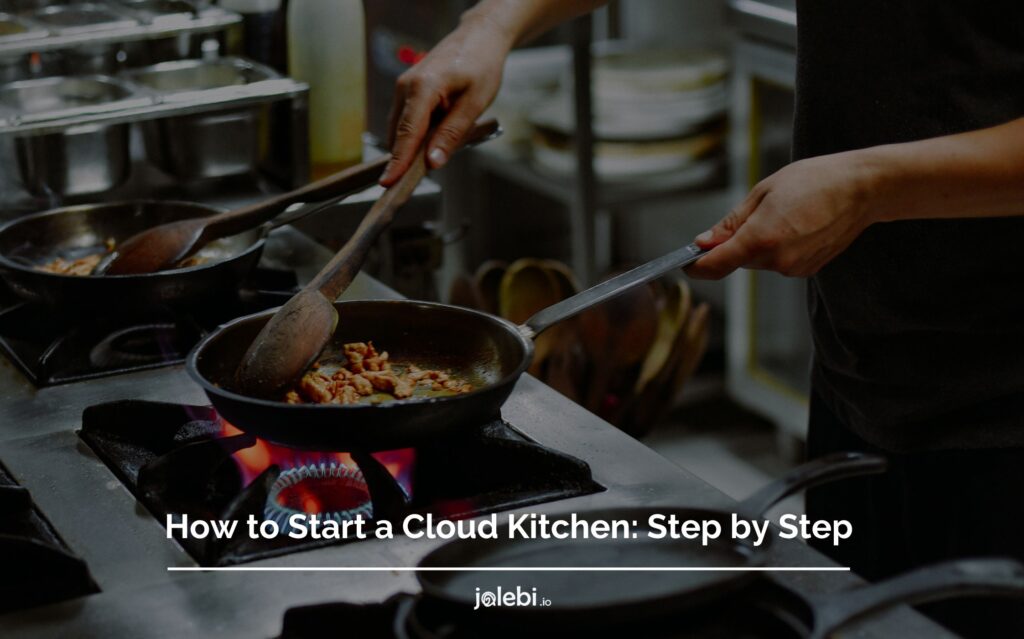Table of Contents
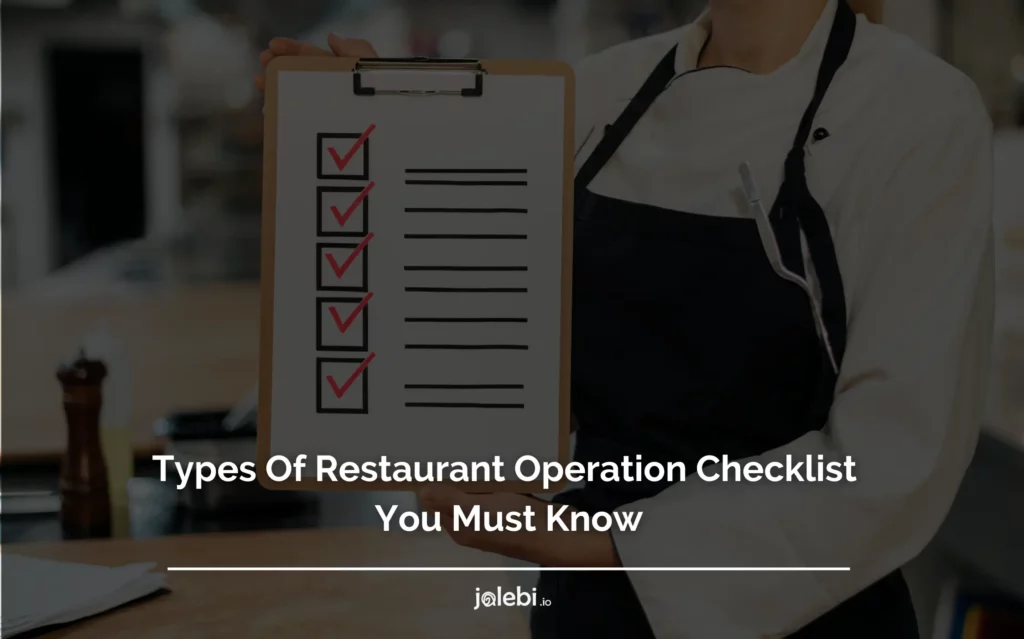
1 in 3 restaurants fails during the first year of inception. Managing restaurant operations is a complicated process that requires a lot of experience and knowledge.
There are many different aspects to consider, such as menu planning, kitchen management, staff supervision, and customer service.
It can be difficult to keep everything organized and running smoothly, but it is essential for the success of the business.
There’s no denying that running a restaurant is a complicated undertaking.
There are countless moving parts, and if any one of them falls out of alignment, it can throw the whole operation off-kilter.
That’s why having a solid restaurant operation checklist in place is so important.
Are you wondering how to design your own checklist for restaurant operations?
In this post, we will share the main types of checklists for restaurant operations to help you with restaurant management and ensure you’re on the right track.
What Is A Checklist For Restaurant Operations?
If you’re in the restaurant business, you know that operation management is key to success. But what exactly is a checklist for restaurant operations management? Here’s a detailed look.
A restaurant operation checklist is simply a list of tasks and processes that must be completed on a daily basis in order to keep the restaurant running smoothly.
It might include things like opening and closing restaurant operating procedures, stocking supplies, preparing food, serving customers, and cleaning up.
While some restaurants can get by with a basic restaurant operation management checklist, others might need something more comprehensive.
For example, a high-end restaurant might have very specific opening and closing restaurant operating procedures that must be followed to the letter, while a fast food joint might be able to get by with less stringent requirements.
No matter what type of restaurant you’re running, though, an operation management checklist is essential to keeping things running smoothly.
Restaurant Checklists Standard Operating Procedures
In the culinary world, success doesn’t solely hinge on the artistry of dishes but equally on the operational efficiency behind the scenes.
A restaurant’s well-oiled machinery is made possible by consistently implementing restaurant checklists Standard Operating Procedures (SOPs).
Here are some of the restaurant checklists standard operating procedures that you should be familiar with in 2023.
- Check Equipment Handling and Maintenance
Equipment, from the oven in the kitchen to the POS system at the front desk, forms the backbone of a restaurant’s operations.
Ensuring they function correctly is paramount. Restaurant checklists SOPs should focus on the regular inspection of equipment, ensuring everything is in optimal working condition.
This is complemented by staff training sessions, highlighting the correct and safe use of equipment. Scheduled maintenance should be a norm, preventing sudden malfunctions during peak hours.
- Comply with Health and Hygiene Regulations
Maintaining stellar health and hygiene standards is a cornerstone of any reputable restaurant.
Proper storage of perishables, consistent sanitization of all surfaces, especially in the kitchen and dining areas, and strict personal hygiene protocols for staff are non-negotiable.
Restaurant checklists standard operating procedures provide a roadmap to ensure every corner of the establishment meets or exceeds regulatory standards, ensuring the safety of every meal served.
- Check Food Preparation and Handling
The journey of a dish, from raw ingredients to a beautifully plated ensemble, involves numerous steps. Each step offers potential pitfalls if not handled correctly.
Emphasizing the sourcing of high-quality raw materials, and ensuring foods reach recommended internal temperatures are essential components of the restaurant checklists SOPs that guarantee both taste and safety.
- Look at the Food Presentation
The adage, “We eat with our eyes first,” holds true in the culinary world. Food presentation is the art that complements the science of cooking.
Ensuring a consistent appearance for every dish, employing fresh and relevant garnishes, and training chefs in varied plating techniques are facets that enhance the dining experience.
These nuances in the presentation should be highlighted in restaurant checklists standard operating procedures, bridging the gap between a dish’s taste and its visual appeal.
- Ensure Safety Measures
Safety in a restaurant isn’t merely about preventing slips and falls; it’s a comprehensive approach to ensure the well-being of both staff and patrons.
Restaurant checklists’ standard operating procedures should emphasize the clear marking of emergency exits, regular drills for staff, and the availability of first aid kits.
Furthermore, fire safety measures, including the regular inspection of fire extinguishers and staff training on how to use them, should be integral to these SOPs.
Benefits Of A Checklist For Restaurant Operating Procedures
The benefits of having an operations management checklist for restaurants are numerous. Here are the three main benefits that signify the importance of having a checklist for your restaurant.
1- Holistic Overview Of Restaurant Operations
Perhaps most importantly, it provides a clear and concise overview of all the moving parts of a restaurant business, from food and beverage preparation to front-of-house customer service.
By having everything laid out in an easy-to-follow format, the checklist can help keep the operation running smoothly and efficiently while also helping to identify potential areas for improvement.
2- Employee Alignment
A restaurant management checklist can serve as a valuable training tool for new employees.
When you go over the checklist with your employees, you can make sure that they understand their responsibilities and are prepared to carry out their duties.
3- Problem Identification
Finally, regular review of the checklist can help to spot small problems before they have a chance to become bigger issues.
In short, a restaurant management checklist is an essential tool for any successful restaurant business.
Types Of Restaurant Operation Checklist To Bring Into Practice
Are you wondering how to manage restaurant operations?
There are many different types of checklists for restaurant operations that you need to be aware of in order to run a successful business.
From ensuring that your kitchen is properly stocked and organized, to making sure that your waitstaff is providing excellent customer service, there are a lot of details that need to be taken care of on a daily basis.
Here are the main types of checklists that are essential to every restaurant.
1- Kitchen Organization And Cleanliness Checklist
As a restaurant owner or manager, you know that a clean and well-organized kitchen is essential to providing excellent food and service to your customers.
Unfortunately with the busyness of running a restaurant, it can be easy to let some things slide when it comes to keeping your kitchen in top shape. That’s why having a kitchen hygiene and organization checklist is so important.
Some items on the checklist may include:
- Wiping down all surfaces in the kitchen, including countertops, appliances, shelves, etc.
- Cleaning the floors on a daily basis
- Washing all dishes, utensils, and cookware thoroughly
- Storing food properly to prevent contamination
- Keeping trash cans empty and clean
- Regularly cleaning refrigerators, freezers, and other storage areas
- Having adequate ventilation in the kitchen
With this checklist, you can make sure that all the areas of your kitchen are being cleaned and organized on a regular basis.
2- Waste Logging Checklist
As a restaurant owner, you are responsible for the waste that your business produces. To help you stay on top of your waste management, we’ve put together a handy checklist.
- Make sure you have adequate bins for sorting your waste. You’ll need a bin for recyclables, another for compostables, and a third for general waste. If you’re not sure what goes in each bin, check with your local waste management authority.
- Train your staff on the proper way to sort and dispose of waste. This will help to ensure that all of your waste ends up in the right place.
- Finally, keep an eye on your garbage cans throughout the day and empty them when they get full.
The last thing you want is overflowing garbage cans or unsorted waste piling up behind the scenes.
By including a waste logging checklist you can make sure that your restaurant operation process is on point.
3- Physical Stock Checklist
A physical stock checklist is an essential part of any restaurant’s operations. A well-run restaurant will have a system in place to ensure that all inventory is accounted for on a regular basis.
There are a few different ways to conduct a physical stock check.
- The most common method is to simply count everything in the restaurant, from the ingredients in the kitchen to the liquor bottles behind the bar.
- Another method is to take photos of all your inventory items and keep track of them that way.
You can also use apps or software programs to help you manage your inventory, which can be especially helpful if you have multiple locations.
No matter what method you use, always be sure to document everything carefully in log sheets. Physical stock checklists should be updated regularly, at least once a month, to ensure that your restaurant has what it needs to run smoothly.
4. Opening Checklist
The opening checklist ensures the restaurant is fully prepared to welcome guests and begin daily operations.
Here are some key components of an opening checklist:
- Lights and Signage
Ensure all indoor and outdoor lights are functional, and the restaurant’s signage is lit up.
- Cleanliness Check
Survey the establishment, including dining areas, restrooms, and kitchen, to ensure cleanliness from the previous night’s operations.
- Seating Arrangements
Verify all tables and chairs are properly arranged, and that there’s no clutter.
- Kitchen Preparedness
Ensure kitchen equipment is turned on and ready for use, and preliminary food preparations (mise en place) are in motion.
- POS System and Registers
Confirm that the POS system and cash registers are operational, starting cash is in place, and any necessary system updates are performed.
- Temperature Check
Ensure refrigerators and freezers are at the correct temperatures to safeguard food quality and safety.
5. Closing Checklist
As a restaurant owner, you know that the key to success is in the details. That’s why it’s so important to have a closing checklist in place to ensure that every single detail is taken care of before your doors close for the night.
Your closing checklist should include everything from making sure all the lights are turned off and the alarm is set, to restocking the bar and sweeping the floors. And of course, don’t forget to lock up all the doors and windows!
- Mark-Out Checklist
Part of streamlining your restaurant operation process is creating and maintaining a mark-out checklist.
As a restaurant manager, you need to keep a close eye on your mark-out checklist. This document ensures that all food and beverage items are properly marked out so that they can be sold at the correct price.
- The first step is to check the expiration dates on all products. Any item that is past its expiration date needs to be removed from the shelves and disposed of properly.
- Next, take a look at the prices of each item. Make sure that the prices match what is listed on the menu. If there are any discrepancies, make the necessary changes.
- Finally, review the discounts and promotions that are currently in place. Make sure that all items are being discounted correctly and that no items are being sold at a loss.
- Equipment Management Checklist
The equipment management checklist focuses on the maintenance, functionality, and cleanliness of all restaurant equipment, ensuring smooth operations and prolonged equipment lifespan.
The key components of the equipment management checklist are as follows:
- Daily Equipment Inspection: Check all kitchen equipment (ovens, grills, fryers, etc.) to ensure they are operational and show no signs of wear or damage.
- Cleaning Schedule: Maintain a regular schedule for deep cleaning of equipment. This reduces the risk of malfunction and ensures hygiene.
- Maintenance Log: Keep a detailed log of all equipment maintenance activities. Document when maintenance was performed and any parts replaced.
- Vendor Contacts: Have a list of contacts for servicing and repairs for each piece of equipment. This ensures swift resolution in case of breakdowns.
- Safety Protocols: Ensure all equipment has clear safety instructions attached, and staff are trained in safe operation.
- People Management Checklist
Managing the restaurant’s most valuable asset: its people. People management checklist ensures staff is well-trained and motivated, and that operations run seamlessly.
The key components of people management checklists are mentioned below.
- Shift Schedules: Regularly update and distribute shift schedules to ensure adequate staffing for all operational hours.
- Training Programs: Have ongoing training programs in place for new hires and refresher courses for existing staff. This ensures everyone is updated on restaurant protocols.
- Performance Reviews: Schedule and conduct regular performance reviews. This aids in acknowledging outstanding work and addressing any areas of concern.
- Feedback Loop: Create a mechanism where staff can provide feedback about their experiences, concerns, or suggestions for operational improvements.
- Health and Well-being: Ensure staff have regular breaks during their shifts. Monitor their well-being, especially in high-stress environments like kitchens.
Final Thoughts
Now that you know how to manage restaurant operations by having a checklist in place, it is time to create your own restaurant operation checklist and streamline your operations.
Having a solid operation checklist in place will help to take some of the guesswork out of running a successful business.
Frequently Asked Questions
- What are the main elements of a restaurant business plan?
Your business plan should include an executive summary, market analysis, competitive analysis, sales, and marketing strategy, operations plan, and financial projections.
It may seem like a lot of work, but it’s essential to have a well-thought-out plan before opening your restaurant.
- What are the 3 types of costs a restaurant can have?
- Labor costs
- Food costs
- Rental costs
- What are standard operating procedures in restaurants?
Standard operating procedures, or SOPs, are essential to the smooth running of any restaurant.
They provide a step-by-step guide for staff to follow in all sorts of situations, from dealing with customers to preparing food.
SOPs help to ensure that everyone in the restaurant is working to the same high standards and that customers always receive the same excellent level of service.

